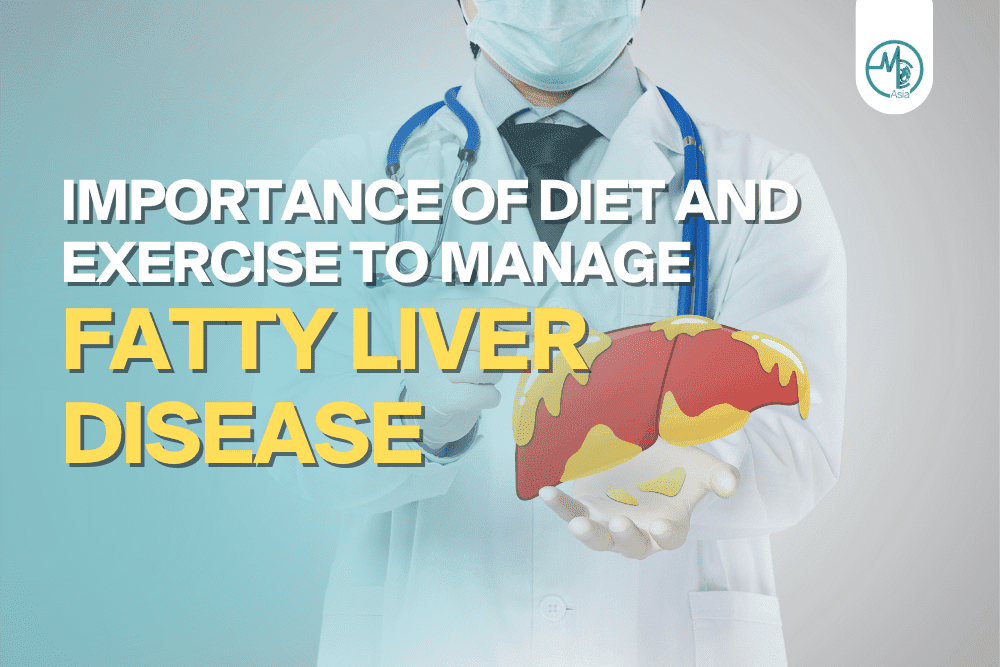Dr Wendell Espinosa, president of the Hepatology Association of the Philippines, has underscored the critical importance of incorporating exercise and adopting a proper diet to prevent the onset of non-complex fatty liver disease.
Fatty liver disease, a widespread health concern, demands a multifaceted approach to prevention and management. In a recent forum, Dr Wendell Espinosa’s insights shed light on the intricate relationship between lifestyle choices, dietary habits, and the prevalence of this condition, emphasising the urgency of proactive measures.
The Link Between Exercise and Fatty Liver Prevention
Dr. Espinosa’s emphasis on lifestyle management as a pivotal aspect of preventing non-complex fatty liver disease places exercise at the forefront. Regular physical activity is recommended at a minimum of 150 minutes per week. That amount emerges as a cornerstone in maintaining a healthy weight and overall well-being. Beyond these benefits, exercise plays a crucial role in mitigating the accumulation of fats in the liver, acting as a potent preventive measure against metabolic-associated fatty liver disease.
The Role of Diet in Fatty Liver Prevention
In tandem with exercise, Dr. Espinosa advocates for a hypocaloric diet as an integral component of managing fatty liver disease. This dietary strategy, focusing on consuming fewer calories than usual, aligns with the broader goal of weight management. Generally, there is no list of specific foods directly causing fatty liver. However, the quantity of food intake emerges as a significant risk factor. Dr. Espinosa recommends the Mediterranean diet, which emphasises fruits, vegetables, whole grains, and lean proteins, as it holds promise in managing and controlling fatty liver disease.
Fatty Liver Disease
A deeper understanding of fatty liver disease is crucial for effective prevention and management. Dr Espinosa highlights the liver’s multifunctional role. These include protein synthesis, detoxification, regulation of chemical levels in the blood, and bile secretion. The condition is characterised by the accumulation of more than 5 percent of fats in the liver. Additionally, it often exhibits a metabolic association. Some patients also face an elevated risk of developing severe forms of fatty liver, such as steatohepatitis. These include those grappling with obesity or comorbid conditions like diabetes, hypertension, and high cholesterol.
Complications and Comorbidity Management
The potential complications stemming from fatty liver disease, including the development of cirrhosis, necessitate a proactive approach to comorbidity management. Dr Espinosa stresses the imperative of controlling associated conditions, such as hypertension, as a pivotal step in reducing the risk of complications related to liver inflammation and scarring. Additionally, he underscores that fatty liver disease’s impact isn’t confined to the liver alone; it can manifest in other organs, elevating the risk of stroke and cardiovascular diseases.
Global Incidence and Future Projections
The global incidence of non-alcoholic fatty liver disease, highlighted by data from the National Library of Medicine, reveals 47 cases per 1,000 population, with a higher prevalence among males. The statistics showed an increase from 26 percent in 2005 to 38 percent in 2016. Consequently, this underscores the urgency of adopting preventive measures. Projections indicate a potential rise of 1 to 6 percent by 2030. This further emphasises the critical need for widespread awareness and proactive measures on a global scale.
Conclusion
Dr Wendell Espinosa’s comprehensive insights shed light on the intricate interplay between lifestyle choices, dietary habits, and the prevention and management of fatty liver disease. Therefore, as the global incidence continues to rise, the adoption of a holistic and proactive approach, encompassing regular exercise, mindful dietary choices, and the management of associated conditions, emerges as an imperative for individuals and communities alike. In the face of this prevalent health challenge, the emphasis on preventive measures gains paramount importance.

